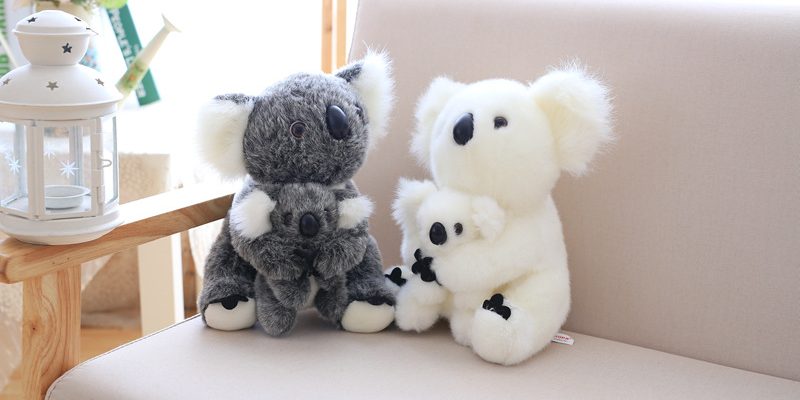(1) Velboa: There are many styles. It is very clear that the color card of Fuguang is very popular. It is very popular to make bean bags. Most of the TY beanies popular in the United States and Europe are made of this material. The wrinkles we produce. Bears also fall into this category.
Quality characteristics: The surface is soft, and the quality of the hair is generally poor, but the printed shearing cloth will be slightly inverted, and slight skew can be accepted.
(2) Plush cloth:
A, A yarn (also known as ordinary yarn, BOA material), divided into:
There are light yarns: ordinary ones are generally shiny, and the yin and yang faces can be separated under different light directions. Matte yarn: that is, matte, basically no yin and yang.
B, V yarn (also known as special yarn, T-590, Vonnel) has Even Cut and Uneven cut. The hair length is about 4-20mm, which is a mid-range material.
C, Hipple (Haipai, plush): the hair length is in the range of 20-120mm, any hair length can be made within the range of 20-45mm, and only 65mm and 120(110)mm above 45mm, which is long and short hair, and the hair are straight and smooth. Not easy to curl.
D, Other:
1, roll plush (rolling hair):
1Tumbling boa, A yarn curl: Most are granular hair, lamb hair, or hair root is bundled, rolled up. Usually used to make more classic toys, the hair length is up to 15mm; the price is much cheaper than the Shanghai style curl.
2Tumbling H.P. Haipai Curl: Usually the hair length is longer, the curling effect is looser, and there are many styles to choose from.
E, plush printing materials: 1, printing; 2, jacquard; 3, tip-dyed: (like the mixed glasses open book); 4, noise; 5, two-tone (two-tone) and so on.
Matters needing attention: 1, the plush density is heavy, the hand feels smooth (ie, the bottom yarn is not serious, the rough surface is up or down); 2, the original yarn quality and the quality of the fabric affect the softening effect; 3, the dyeing accuracy; The larger area of the matte surface effect: whether the matte effect is velvety, erect, supple, with or without abnormal indentation, wavy lines, chaotic hair, and other anomalies. The above aspects can basically be used to judge the quality of good or bad.
(3) Velvet: similar to shearing cloth, but the hair length is about 1.5-2mm, and the elastic relative to the shearing cloth is larger; no hairiness.
(4) T/C cloth: (component is 65% Polyester, 35% Cotton) divided into three types:
1) 110*76: thicker, used in printed fabrics, or higher density products, higher density, not easy to scatter).
2) 96*72: second; density is relatively thin.
3) 88*64: Again. Due to the looser structure, it is usually required to order the lighter in the middle of the order, so as to avoid the seams being easily scattered and causing a blast.
2) and 3) are usually used for interlining. When using, it should be selected according to the grade and use of the product.
Stuffed Animal Manufacturers, Plush Toy Manufacturers, Custom stuffed animals supplier kaida
Stuffed Animal Manufacturers, Plush Toy Manufacturers, Custom stuffed animals supplier kaida







